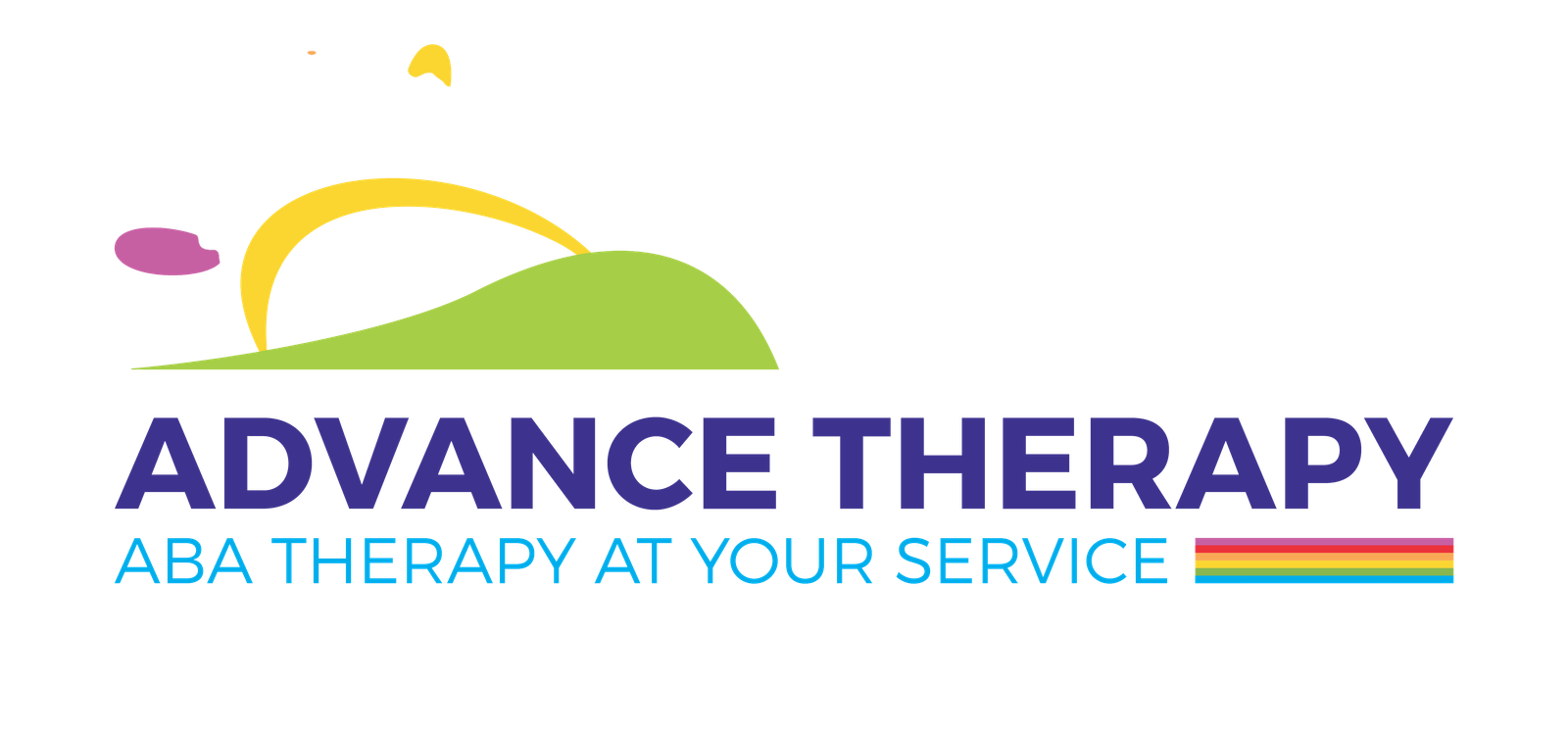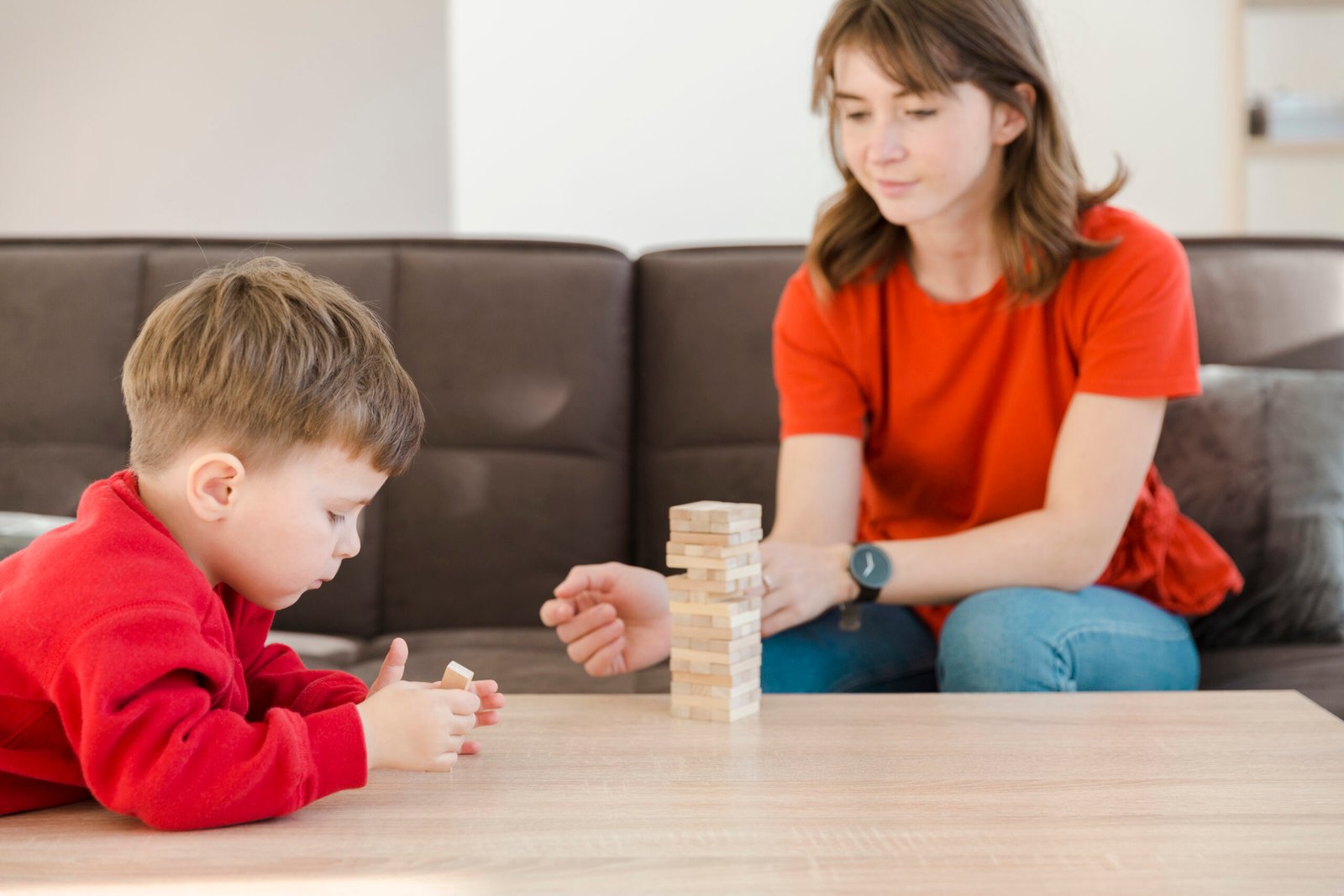Understanding ABA Therapy
Before diving into the details of the first session, let’s briefly understand what ABA therapy is.
ABA is a structured approach that focuses on understanding behavior and teaching new skills through positive reinforcement. It’s widely used to improve:
Social skills
Communication
Learning abilities
Daily living skills
Emotional regulation
Each ABA therapy plan is highly individualized, designed around your child’s unique strengths, needs, and goals.
What Happens in the First ABA Therapy Session?
1. Introduction & Rapport Building
The first step is helping your child feel comfortable. The therapist will likely spend time getting to know your child, playing simple games, or engaging in activities your child enjoys. Building trust is key before diving into structured learning.
2. Parent Interview & Background Discussion
Therapists often meet with parents to gather more information about the child’s:
Strengths and challenges
Developmental history
Communication skills
Social interactions
Daily routines
This helps them create a personalized ABA therapy plan.
3. Initial Assessment
During the session, the therapist may conduct informal assessments to understand your child’s current abilities. This can include observing how they play, communicate, respond to instructions, and interact socially.
4. Setting Goals
After assessment, the therapist works with you to set short-term and long-term goals. These may include improving language skills, reducing challenging behaviors, or teaching self-help tasks like dressing or eating independently.
5. Introduction of Basic ABA Techniques
Depending on your child’s comfort, the therapist may introduce basic ABA methods such as:
Discrete Trial Training (DTT): Step-by-step teaching with rewards
Natural Environment Teaching (NET): Learning during play or daily activities
Positive Reinforcement: Encouraging desired behaviors with praise or small rewards
6. Parental Involvement
Parents play an essential role in ABA therapy. The therapist may explain how you can support your child’s learning at home by practicing strategies consistently.




